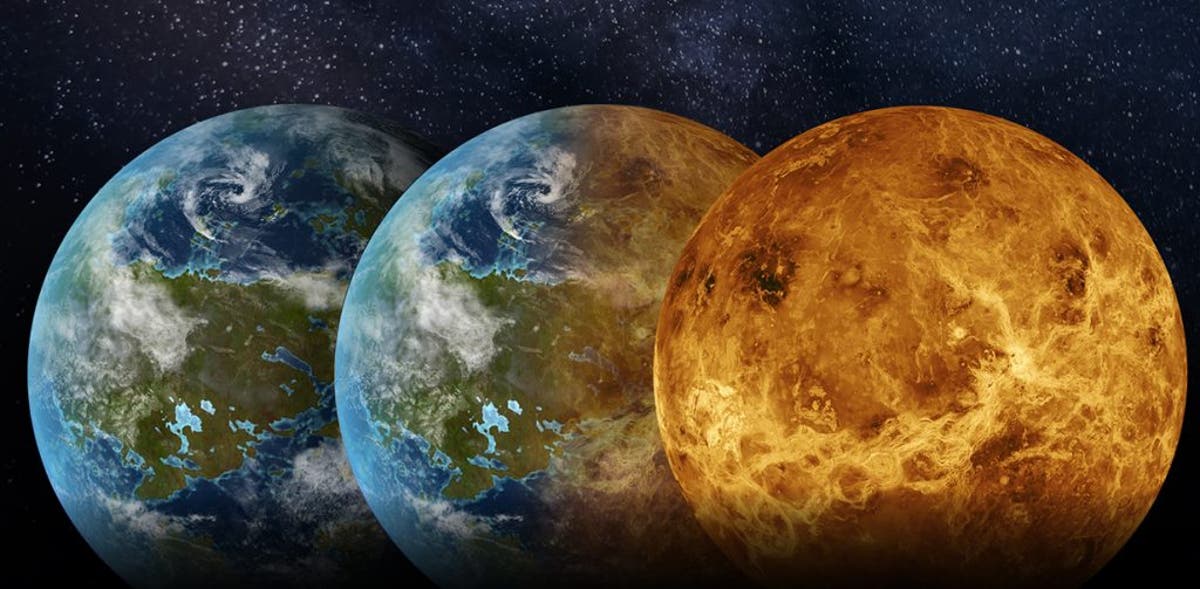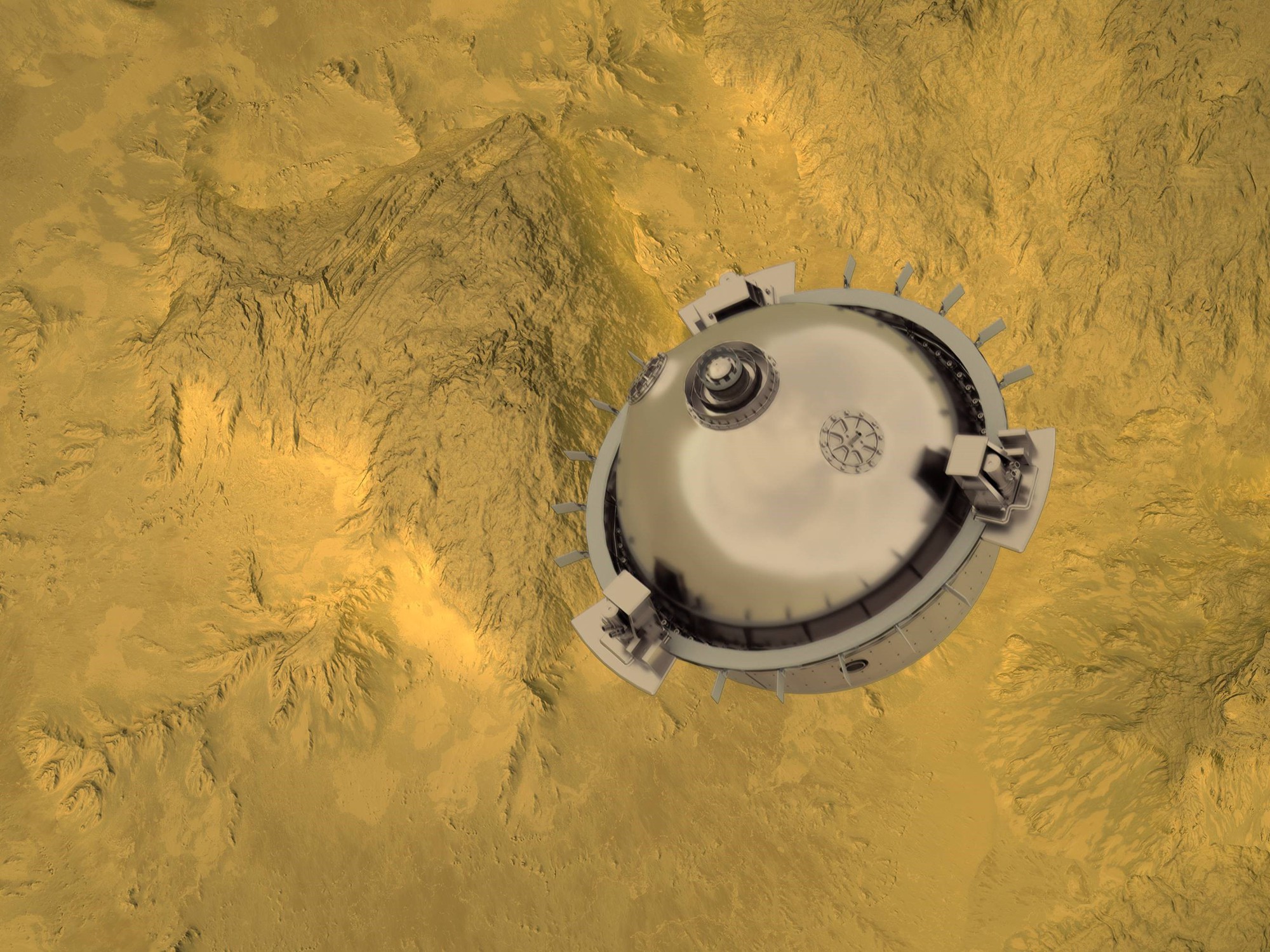In the Solar System, Venus is considered Earth's "sister planet" because of its similar size, gravitational acceleration, and orbit. However, the second planet in the Solar System is a harsh, lifeless world - very different from ours.
But, a recent study shows that: In this Solar System, Venus is the planet that has many important characteristics similar to Earth billions of years ago. In fact, Venus may have been more dynamic and Earth-like than previously thought. New York Times report
Did early life exist on Venus?
Specifically, according to a group of scientists led by researchers from Brown University, USA, writing in the journal Nature Astronomy , Venus may have had plate tectonic movements similar to those thought to have occurred on early Earth.

More and more planetary scientists are interested in the idea of “early habitable Venus.” Source: Astrobites
This discovery raises scenarios regarding the possibility of early life on Venus as well as its evolutionary past and the history of the Solar System.
Using atmospheric data from Venus and computer models, US scientists have shown that the composition of its current atmosphere and its surface pressure could only have been possible thanks to early plate tectonics - a process vital to life that involves multiple continental plates pushing, pulling and sliding beneath each other.
On Earth, this process took place over billions of years, forming new continents and mountains, and leading to chemical reactions that stabilized the planet's surface temperature, creating a more favorable environment for the development of life.
Venus, on the other hand, went in the opposite direction and today has surface temperatures hot enough to melt lead (the melting point of lead is 327 degrees Celsius).

Venus is the planet with the most extreme climate in the Solar System. Photo: NASA GODDARD SPACE FLIGHT CENTER
To explain the abundance of nitrogen and carbon dioxide (CO2) in Venus's atmosphere, researchers concluded that Venus must have had plate tectonic activity after the planet formed, about 4.5 billion to 3.5 billion years ago.
This early tectonic movement, like on Earth, was limited in the number of plates moving and how much they moved.
"One of the remarkable points of this study is that it is very possible that we have two planets in the same solar system that have plate tectonics at the same time - an important activity that allows for the existence of life that we see on Earth today," said Matt Weller, lead author of the study.
NASA's upcoming DAVINCI mission will measure gases in Venus' atmosphere, which could help solidify the study's findings.
DAVINCI is the Venus Deep Atmosphere Investigation, Chemistry, and Imaging mission. According to NASA, DAVINCI, a flying analytical chemistry laboratory, will measure key aspects of Venus' massive atmosphere-climate system for the first time.
DAVINCI is scheduled to launch in June 2029 and enter the Venusian atmosphere in June 2031.

Illustration of DAVINCI, a flying analytical chemistry laboratory, on Venus. Source: NASA
In the meantime, the researchers plan to delve into the key question the paper raises: What happened to plate tectonics on Venus?
The theory in the paper suggests that the planet eventually became too hot and its atmosphere too thick, drying out the ingredients needed for tectonic movement.
“Venus has basically run out of energy to some extent, and that has put the brakes on this process,” said Daniel Ibarra, a professor in Brown University’s Department of Earth, Environmental and Planetary Sciences and co-author of the paper.
"The next important step in understanding Venus is how plate tectonics works? Its evolution and ultimately the fate of Earth - What conditions would force us to move into a Venus-like orbit and what conditions might allow Earth to become habitable?"
Source: Phys.org, NASA
Source




























![[Photo] Central Propaganda and Mass Mobilization Department meets with exemplary journalists](https://vphoto.vietnam.vn/thumb/1200x675/vietnam/resource/IMAGE/2025/6/21/9509840458074c03a5831541450d39f8)
























![[Maritime News] Wan Hai Lines invests $150 million to buy 48,000 containers](https://vphoto.vietnam.vn/thumb/402x226/vietnam/resource/IMAGE/2025/6/20/c945a62aff624b4bb5c25e67e9bcc1cb)







































Comment (0)